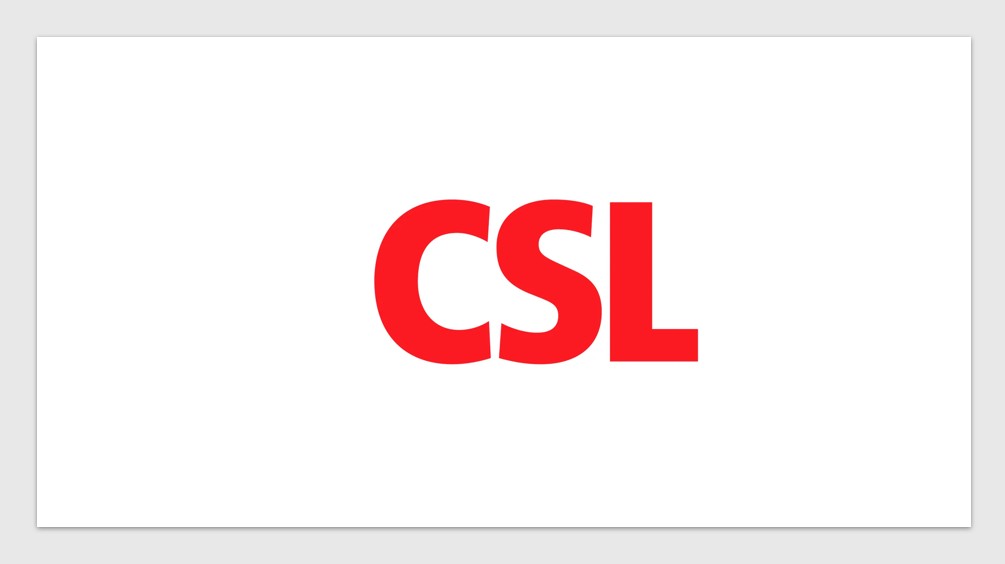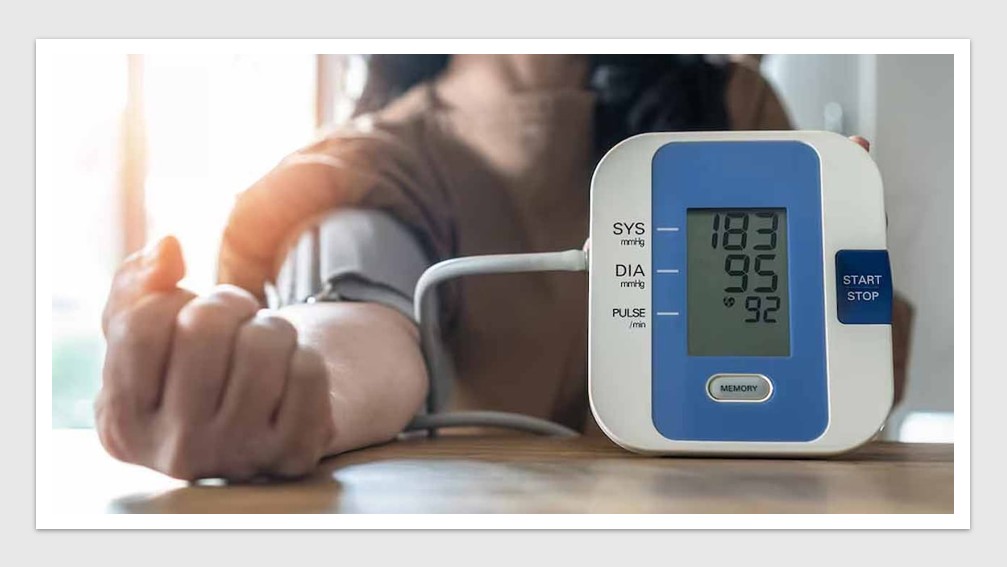Human Resources
New legislation for private and public employers to bring forth a new era of gender equality

Human Resources: A Bill passed through both houses paves the critical step towards achieving women’s economic equality in our society. More than 4.5 million Australian employees will be able to access their employer’s gender pay gaps starting in early 2024 after the passage of the Workplace Gender Equality Amendment (Closing the Gender Pay Gap) Bill 2023 in Federal Parliament yesterday.
The package of reforms requires the Workplace Gender Equality Agency (WGEA) to publish employer gender pay gaps for the private and public sector employers. This will be done by mean, median and employer remuneration quartile. The Australian-first measure covers the workplaces of approximately 40% of the nation’s workforce.
Catherine King, Minister for Infrastructure, Transport, Regional Development and Local Government, said “When the Minister for Women [Katy Gallagher] introduced this bill, the projections showed that it would take another 26 years to close the gender pay gap. Women have waited long enough for the pay gap to close and they should not have to wait another quarter of a century to see their work equally valued. With the passing of this bill, we are taking action to actually start to close that gap.
“This bill will be a key driver for employer action, transparency and accountability, and it will help to speed up progress towards gender equality in the workplace. It will do this by, for the first time, allowing the Workplace Gender Equality Agency to publish gender pay gaps at employer level, not just at industry level.”
WGEA CEO Mary Wooldridge welcomed the passage of the Bill and acknowledged the leadership and significant work of Minister for Women Sen. The Hon. Katy Gallagher to deliver these crucial reforms.
Ms Wooldridge said the reforms shape the future of workplace gender equality and will give employees greater insights into their workplaces’ gender equality policies and priorities.
“For the first time, from 2024 employees will have access to the key indicator of how their organisation is performing on gender equality,” Ms Wooldridge said.
“Employees and prospective employees are placing high value on jobs that support gender equality. Publishing employer gender pay gaps will provide deeper insights on their employer’s progress, while job-seekers can get a clearer indication of a prospective employer’s commitment to ensuring the contributions of all employees are equally valued and rewarded. This is also an opportunity for employers who may have been slow to prioritise gender equality to get serious about change.”
The average weekly full-time earnings of a woman in Australia across all industries and occupations is lower than the equivalent for men by $253.50 per week. We see a gender pay gap from the moment women enter the workforce and a gender pay gap accumulated over our lifetimes, and it has real consequences. Women have on average 23.4% less super when they come to retirement age than men. The gender pay gap is also holding our economy back, with $51.8 billion a year lost when it comes to women’s pay.
Ms Wooldridge said Agency data showed that employers gain a competitive edge when they make gender equality a priority.
“Analysis of workforce data reported by employers that hold WGEA’s Employer of Choice for Gender Equality (EOCGE) citation has shown dedicated action gets results, with these employers closing their gender pay gaps faster than others,” Ms Wooldridge said.
“One of the recurring messages from our most recent recipients of the EOCGE citation was that as soon as they started on the path to gender equality, they saw the benefits and they wished they had started earlier.”
International research is showing that publishing employer pay gaps can be a powerful motivation for companies to prioritise gender equality and to lower their gender pay gaps. In the UK, the approach has already motivated employers to substantially narrow the wage gap between men and women.
“A key aim of publishing gender pay gaps is to help employers show improvement over time,” Ms Wooldridge said.
“That is why an essential part of the legislative reforms is to give employers the option to provide a statement that gives context to their gender pay gap results and outlines their plans for action. WGEA will continue to actively support all reporting employers to make progress on gender equality in Australian workplaces as these reforms are implemented.”
The reform package also strengthens WGEA’s world-leading dataset with mandatory reporting from 2024 of employee age, primary workplace location and CEO remuneration, as well as spurring accelerated action by requiring WGEA’s gender equality reports are shared with governing bodies.
The changes also support safer workplaces and advance implementation of the Respect@Work report with enhanced reporting on the prevalence, prevention and employer response to sexual harassment and harassment on the grounds of sex or discrimination.
From 2024, large employers with 500 or more employees must also have policies or strategies in place to address all six gender equality indicators.
Minister King added “We will keep working, because the bill is just the first step. There are further reforms to come, especially in collecting diversity data and lifting the standards for larger employers. The Office for Women and the agency will continue to work to identify the best pathway for us to legislate those important changes.”
![]() In reimagining healthcare across the entire patient journey, Health Industry HubTM is the only one-stop-hub uniting the diversity of the Pharma, MedTech, Diagnostics & Biotech sectors to inspire meaningful change.
In reimagining healthcare across the entire patient journey, Health Industry HubTM is the only one-stop-hub uniting the diversity of the Pharma, MedTech, Diagnostics & Biotech sectors to inspire meaningful change.
The Health Industry HubTM content is copyright protected. Access is available under individual user licenses. Please click here to subscribe and visit T&Cs here.
News & Trends - Biotechnology

CSL reshapes R&D while bracing for U.S. tariffs
Australia’s largest biotech company CSL is streamlining its R&D operations to enhance efficiency amidst a rapidly evolving global landscape. The […]
MoreNews & Trends - MedTech & Diagnostics

Australia joins Medtronic trial in fight against resistant hypertension
Medtronic has launched an international clinical trial across Australia, the United States, and Europe to evaluate the feasibility of multi-organ […]
MoreNews & Trends - MedTech & Diagnostics

Medibank launches pharmacogenetic testing while government stalls on insurance discrimination ban
Medibank has become the first Australian health insurer to pay towards pharmacogenetic testing (PGx) for eligible customers on Extras cover. […]
MoreNews & Trends - Pharmaceuticals

Global pledge shifts visibility and action for patients with advanced breast cancer
Three breast cancer organisations have united internationally to demand that people living with metastatic breast cancer (MBC) are no longer […]
More